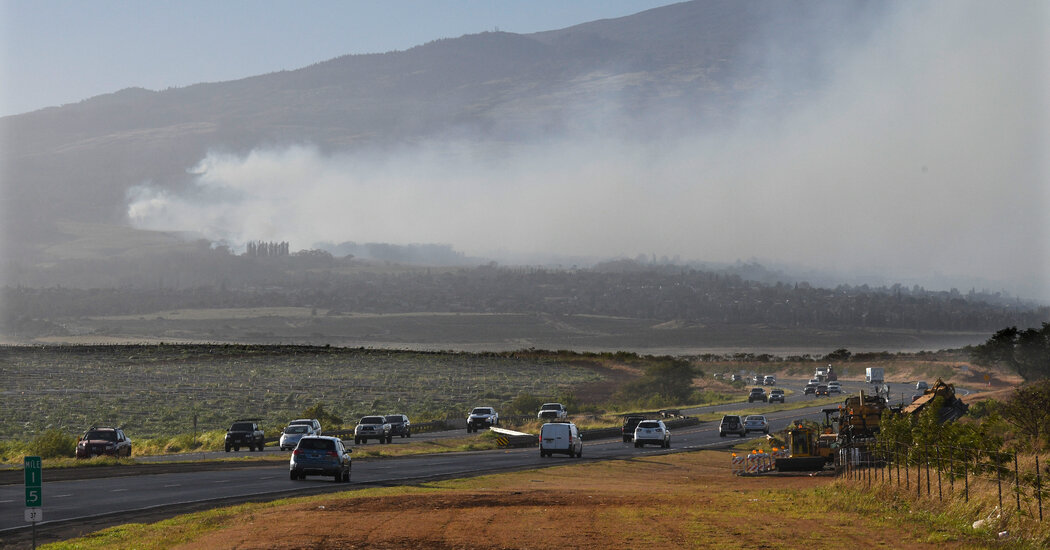Tropical Storm Margot Forms in the Atlantic Ocean
Tropical Storm Margot formed in the North Atlantic Ocean on Thursday, becoming the 13th named storm of the 2023 Atlantic hurricane season.
The National Hurricane Center estimates that the storm had sustained winds of 40 miles per hour and would most likely grow into a hurricane by the weekend, but posed no immediate threat to land. Tropical disturbances that have sustained winds of 39 m.p.h. earn a name. Once winds reach 74 m.p.h., a storm becomes a hurricane, and at 111 m.p.h. it becomes a major hurricane.
Margot is currently one of two active tropical cyclones in the Atlantic. Hurricane Lee became a Category 4 storm Thursday afternoon, according to the Hurricane Center.
The Atlantic hurricane season started on June 1 and runs through Nov. 30.
In late May, the National Oceanic and Atmospheric Administration predicted that there would be 12 to 17 named storms this year, a “near-normal” amount. On Aug. 10, NOAA officials revised their estimate upward, to 14 to 21 storms.
There were 14 named storms last year, after two extremely busy Atlantic hurricane seasons in which forecasters ran out of names and had to resort to backup lists. (A record 30 named storms took place in 2020.)
This year features an El Niño pattern, which arrived in June. The intermittent climate phenomenon can have wide-ranging effects on weather around the world, and it typically impedes the number of Atlantic hurricanes.
In the Atlantic, El Niño increases the amount of wind shear, or the change in wind speed and direction from the ocean or land surface into the atmosphere. Hurricanes need a calm environment to form, and the instability caused by increased wind shear makes those conditions less likely. (El Niño has the opposite effect in the Pacific, reducing the amount of wind shear.)
At the same time, this year’s heightened sea surface temperatures pose a number of threats, including the ability to supercharge storms.
That unusual confluence of factors has made solid storm predictions more difficult.
“Stuff just doesn’t feel right,” said Phil Klotzbach, a hurricane researcher at Colorado State University, after NOAA released its updated forecast in August. “There’s just a lot of kind of screwy things that we haven’t seen before.”
There is solid consensus among scientists that hurricanes are becoming more powerful because of climate change. Although there might not be more named storms overall, the likelihood of major hurricanes is increasing.
Climate change is also affecting the amount of rain that storms can produce. In a warming world, the air can hold more moisture, which means a named storm can hold and produce more rainfall, like Hurricane Harvey did in Texas in 2017, when some areas received more than 40 inches of rain in less than 48 hours.
Researchers have also found that storms have slowed down, sitting over areas for longer, over the past few decades.
When a storm slows down over water, the amount of moisture the storm can absorb increases. When the storm slows over land, the amount of rain that falls over a single location increases; in 2019, for example, Hurricane Dorian slowed to a crawl over the northwestern Bahamas, resulting in a total rainfall of 22.84 inches in Hope Town during the storm.
Other potential effects of climate change include greater storm surge, rapid intensification and a broader reach of tropical systems.
John Keefe contributed reporting.


